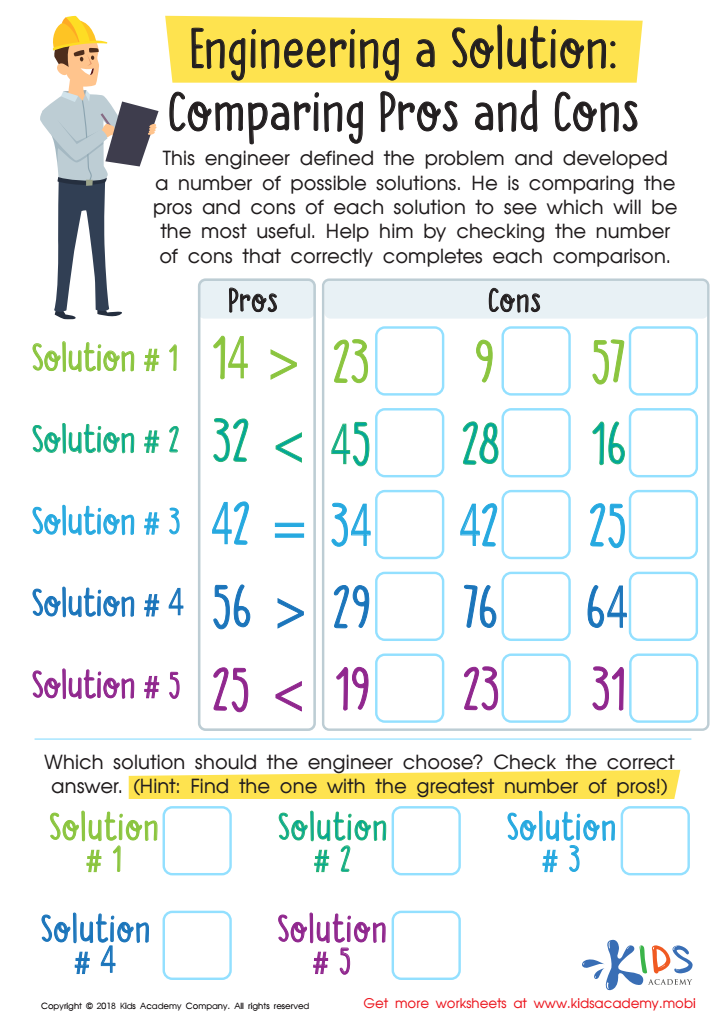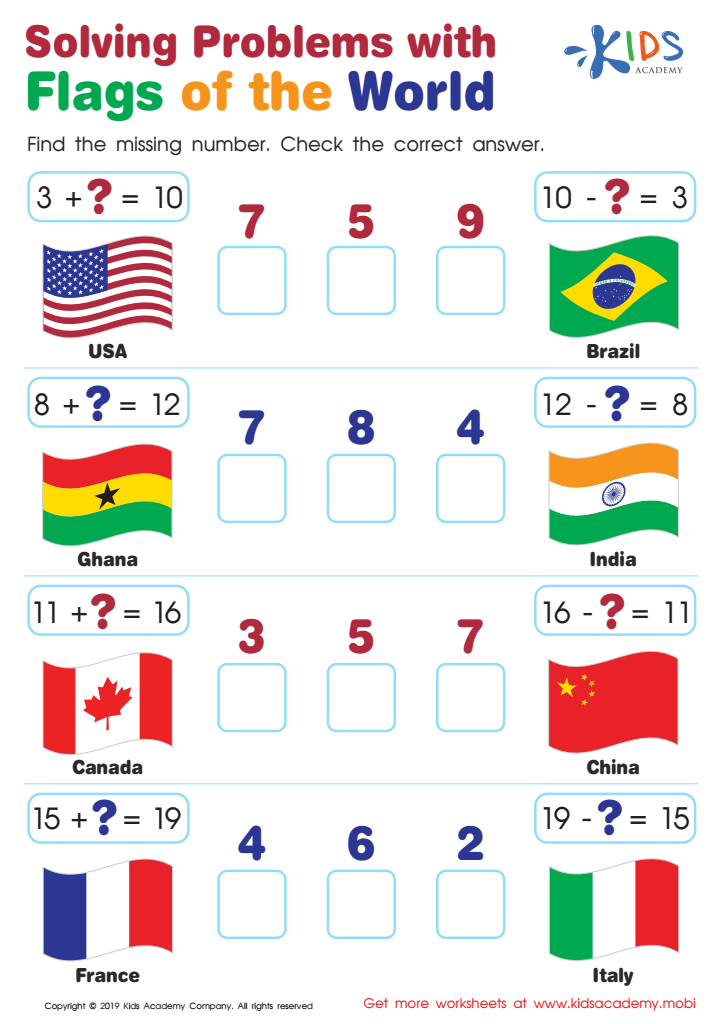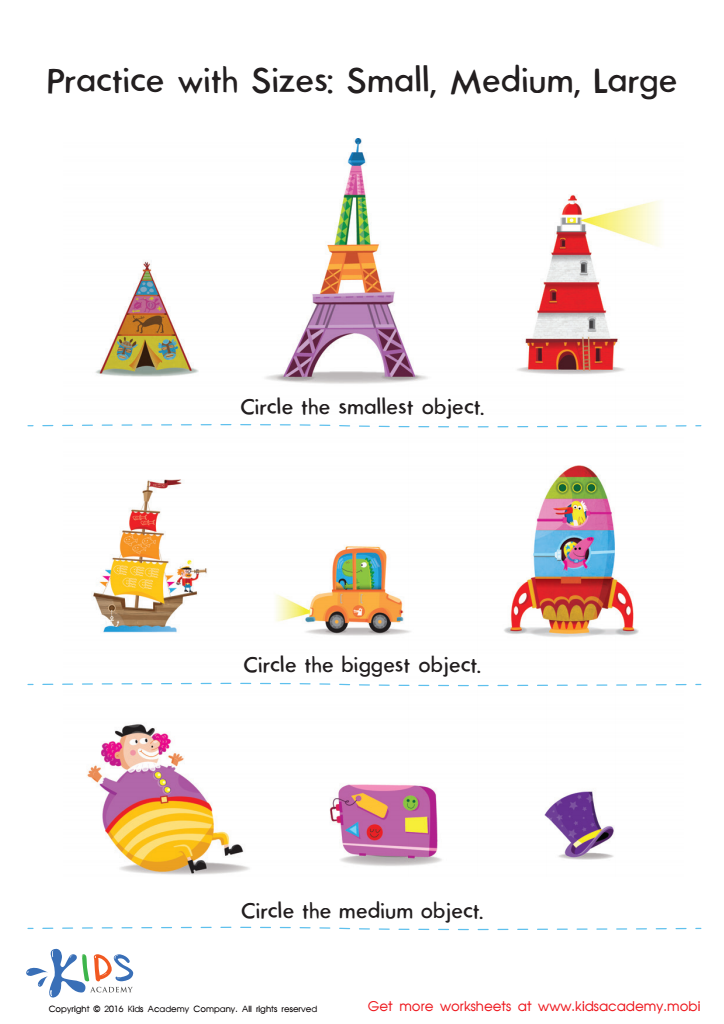Comparative analysis Normal Math Worksheets for Ages 4-7
3 filtered results
-
From - To
Our comprehensive analysis of normal math worksheets for children ages 4-7 focuses on evaluating different types of math activities, ensuring they match developmental milestones and enhance learning skills. These worksheets prioritize engaging, age-appropriate exercises in counting, addition, and subtraction. They feature colorful visuals and hands-on activities to promote cognitive development, fine motor skills, and critical thinking. By comparing various worksheet styles, we provide caregivers with invaluable insights into effective learning tools tailored to young children's unique educational needs. Explore our expert recommendations and make informed decisions to boost your child’s math proficiency in a fun and interactive way.


Engineering a Solution: Comparing Pros and Cons Worksheet


Solving Problems with Flags of the World Worksheet
Comparative analysis in early childhood math education is essential for developing foundational skills that children need for future academic success. For children aged 4-7, engaging in activities that compare quantities, sizes, shapes, and patterns fosters critical thinking and problem-solving abilities. When parents and teachers focus on comparative analysis, they help children understand relationships between numbers and objects, a key concept in mathematics that forms the basis for more complex operations.
Encouraging children to compare and contrast not only enhances their number sense but also aids in vocabulary development as they learn terms like "more than," "less than," "equal to," "bigger," and "smaller." Such concepts are crucial for grasping arithmetic operations, measurement, and spatial reasoning. Furthermore, in a collaborative learning environment, discussions around comparisons stimulate cognitive and language development while promoting a deeper understanding of mathematical concepts.
For educators and parents, using comparative analysis aligns with various early learning standards and curriculum frameworks, ensuring that young children develop necessary competencies. It also involves simple, engaging activities that integrate well into everyday routines, making learning math natural and enjoyable. Overall, comparative analysis equips young learners with the skills they need to navigate and research the world mathematically, preparing them for future academic challenges and everyday problem-solving situations.
 Assign to My Students
Assign to My Students




















